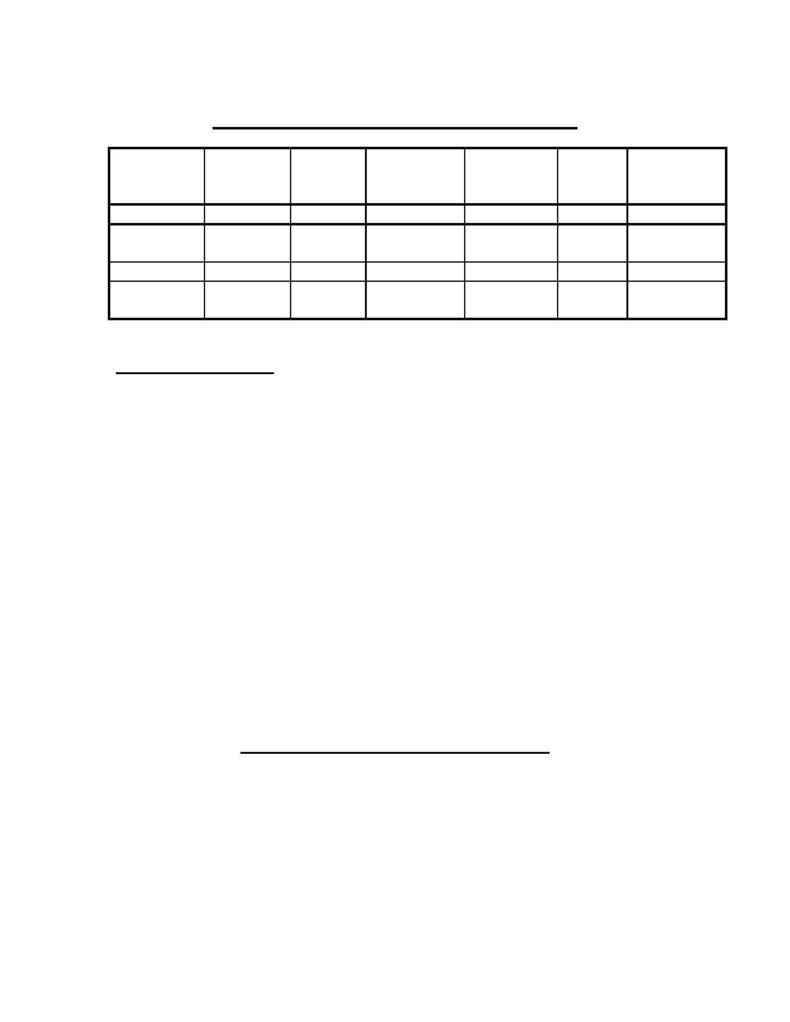Kolmetz.com Thermo Paper Page 10

Table 1. Comparison of Key Data using Peng Robinson
Ovhd
Temp
°F
Btm
Temp,
°F
Reboiler
Duty,
mmBtu/Hr
EB Comp.
Distillate
Wt%
Feed
Temp,
°F
Heavies in
the Bottom
Wt%
Plant Data
334 426
99.46 364
85.69
Simulator
A
333 427
2.76 99.40 362.1
86.26
Simulator B 333 430
2.77 99.46 362.6
86.29
Simulator
C
332 427
2.77 99.43 361.8
86.29
NRTL Simulation Runs
Figure 3 shows a comparison of equilibrium data from simulator A, B and C using the
NRTL model. The equilibrium data for simulators A and C are almost identical. The
equilibrium curves as well as the operating lines lie on top of each other. This indicates
that the results from the two simulation packages will be very close. The equilibrium
curve for simulator B at the bottom of the column is below the equilibrium line for
simulators A and C. Then as you go up the column it cross the equilibrium line of
simulators A and C. This shift in the equilibrium curve indicates that there is going to be
big differences in the internal traffic above and below the feed in the results from
simulator B. The operating line from simulator B is identical to the operating lines from
simulators A and C.
A comparison of the simulated results using the NRTL model is given in Table 2. There
is good agreement in the simulated results presented in Table 2. The overhead
temperature, feed temperature, EB distillate composition and heavies' composition in the
bottoms simulated results match plant data very well. The bottom temperature has the
most variation with the temperatures ranging from 15 degrees to +15 degrees with
respect to the plant measurement.
Table 2. Comparison of Key Data using NRTL
10
